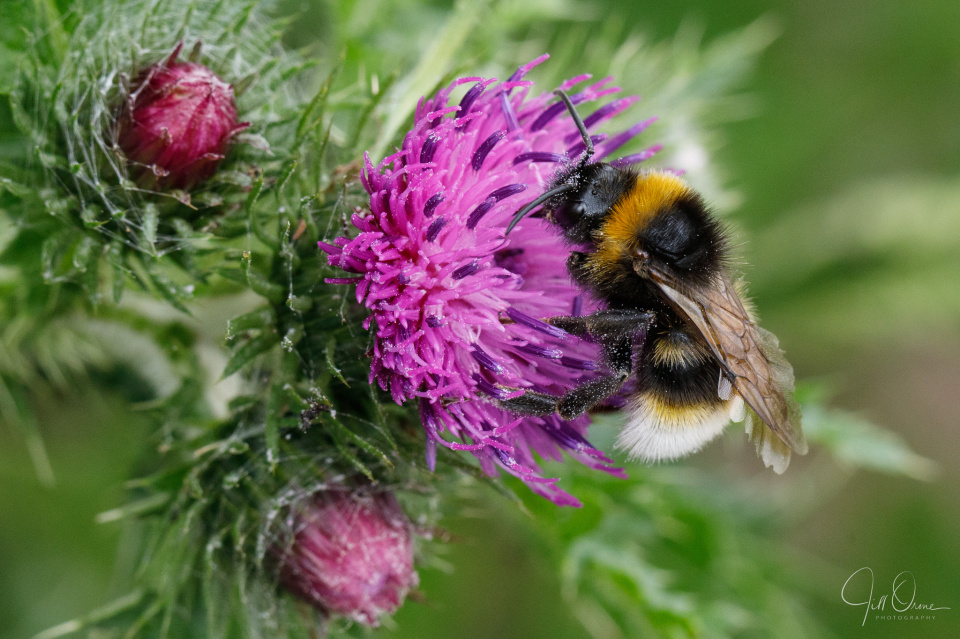R and I had some errands to run in Stratford, and I took a walk along the river bank, checking for inverts, before going into town. Numbers were pretty disappointing, I have to say, though it was fairly windy, and not all insects will risk venturing out in those conditions.
I did find a few interesting things, including some bizarre black Mystacides caddis flies that look like rather sinister longhorn moths, some bugs, and a tiny bee I haven’t yet managed to identify. Odonata numbers were down in single figures over the stretch of several hundred metres that I searched, but I was slightly cheered to find two very fresh female Banded Demoiselles at Break Weir Lock. One of them contrived to flutter up against a clump of goosegrass and got stuck there, her soft, reflective wings not yet strong enough to pull her off the sticky hooks, and after watching her struggle for a few seconds and then give up and collapse in a little heap, I intervened and freed her. Which good deed must be its own reward, because she whizzed off to the other side of the river without even pausing for a photo. Ingratitude, I call it.
This handsome bumblebee is Bombus vestalis, which is a cuckoo bee of Bombus terrestris, the buff-tailed bumblebee, and closely mimics the host whose nest it invades and commandeers. There’s a very similar cuckoo called Bombus bohemicus which parasitises the white-tailed bumblebee, Bombus lucorum, but I’ve never yet managed to find one, probably because Bombus lucorum itself turns up in quite low numbers in this area.
My extra tonight is a second instar green shieldbug nymph, and is by some margin the smallest creature I managed to photograph today. In the poor late afternoon light down in our wild garden, and with the dogwood blowing around, it took some doing to capture a reasonable image – so yay! for digital cameras. The British Bugs page for Palomena prasina has good photos and a chart, showing all the life stages of this shieldbug.








